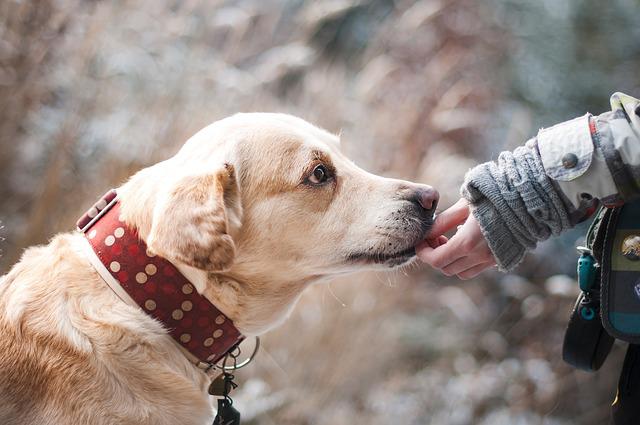Traveling with Your Dog in the Heat: How to Protect Your Pet from Hot Asphalt, Sand, and Overheating

You have a pet, but you love to travel — place your bet on 20bet sport and check out our important tips for travelers.
Summer, sun, sea, beaches — it all sounds like a perfect vacation. And if you have a dog, of course you want to take them with you. After all, pets are part of the family, and it’s hard to leave them behind for long.
But traveling to hot countries or even just going on trips in the peak of summer isn’t all sunshine and joy. For our four-legged friends, the heat can be a real challenge — especially when it comes to walking on scorching asphalt or sand. Let’s talk about how to take proper care of your dog in such conditions.
Why It Matters
Many people don’t realize that dogs are not like us. You can’t put a lightweight t-shirt and flip-flops on them. They walk directly on the ground with their paws — and those paw pads are very sensitive to heat.
Now imagine this: it’s 30°C (86°F) outside, but the asphalt can heat up to 50–60°C (122–140°F)! That’s basically a frying pan. At that temperature, a dog can get burned in just a couple of minutes.
And sand on the beach? Same story. Even though it’s natural, it can get so hot you wouldn’t walk on it barefoot — yet your dog has no choice but to do exactly that.
Also, the closer to the ground, the hotter it gets. We walk high above, but dogs breathe at asphalt level. So while it might not feel too hot to you, your dog could already be suffering from heat exhaustion.
Signs That the Ground Is Hurting Their Paws
Your dog can’t say “ouch,” but they can show discomfort in other ways:
- Lifting or tucking their paws
- Limping or walking reluctantly
- Licking their paws often after a walk
- Sitting down and refusing to move
- Whining or giving you a sad, pleading look
If you see any of these signs — get your dog into the shade immediately and check their paw pads. You might see redness, blisters, or in more severe cases — cracks and burns.
How to Prevent It
Here are some simple but crucial rules to follow:
1. Walk early in the morning and late in the evening
This is the golden rule for summer. The hottest time of day is between 11 a.m. and 5 p.m. Avoid going out during these hours, especially in southern regions. Early morning, before the asphalt heats up, and evening, after it cools down, are the safest times.
2. Test the asphalt with your hand
Here’s a quick test: place the back of your hand on the pavement and hold it for 7 seconds. If it feels too hot, it’s too hot for your dog’s paws. If it burns your hand, wait for a cooler time or stick to shady areas.
3. Use protective dog shoes
Yes, special dog booties exist. Not every dog loves wearing them, but you can train them to get used to it gradually. Better to spend some time getting them comfortable than dealing with burns later. Choose breathable shoes with non-slip soles.
4. Try paw balms and creams
There are special products that create a protective barrier on your dog’s paw pads. They won’t help on burning-hot surfaces, but they’re useful for moderate heat. Apply them before walks and again afterward to soothe the skin.
5. Avoid dark pavement and tiles
If possible, walk on grass, light-colored paths, or shady lanes. Choose moist, light sand over dry, dusty, dark sand — it’s cooler and gentler on paws.
Cooling Down Is Key
Always bring water
Take a bottle of fresh water and a travel bowl for your dog wherever you go. Offer them water regularly. In hot weather, dogs lose fluids faster than you might think.
Cooling vests and bandanas
These accessories can help maintain a comfortable body temperature. Just soak them in water and put them on your dog. Perfect for active walks or travel.
Never leave your dog in the car
Not even for five minutes. A car in the sun turns into an oven. The temperature inside can shoot up to 60°C (140°F) within minutes — which is deadly.
Be cautious at the beach
If you’re by the sea or a lake and your dog loves splashing in the water — great! Many dogs love it. But don’t forget:
- The sand by the water can still be hot
- Don’t let your dog drink seawater — it can cause vomiting and dehydration
- Rinse their paws and fur after swimming — salt and sand can irritate the skin
Final Thoughts
Traveling with a dog is always an adventure — and usually a joyful one. But remember: your dog completely depends on you. They won’t tell you they’re too hot, in pain, or uncomfortable.
The best thing you can do is be attentive, caring, and well-prepared. Good shoes, a bottle of water, shade, and common sense — and your summer trip will leave only warm (but not overheated!) memories for both you and your furry friend.
Happy travels and cool paws!






